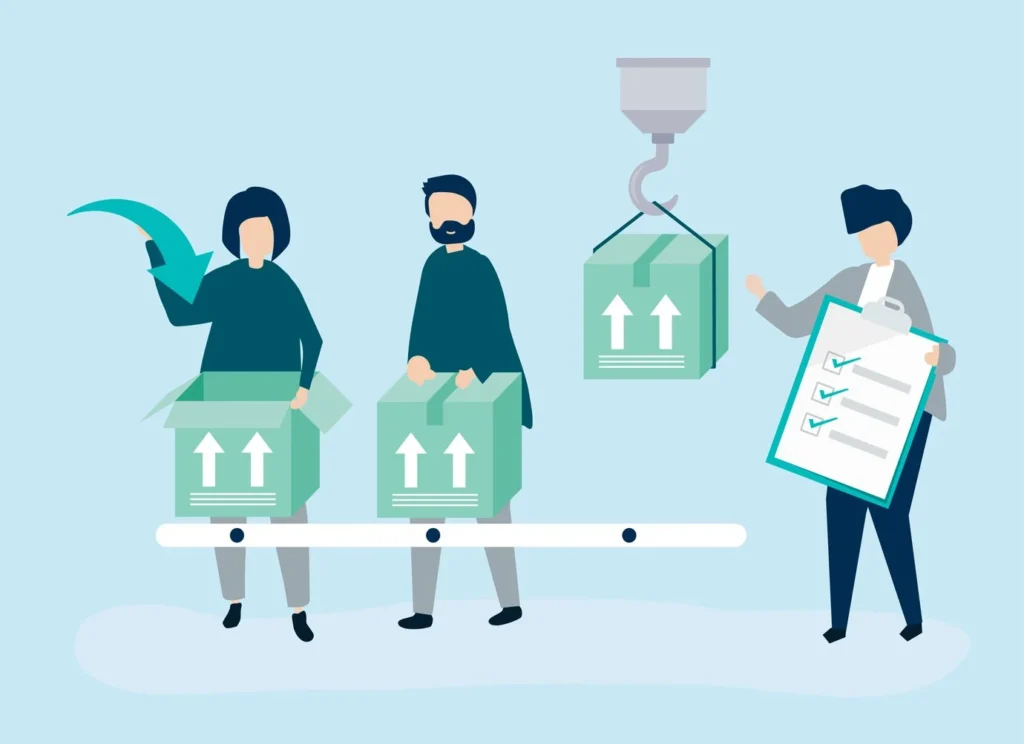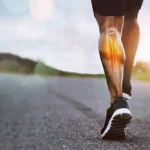Table of Contents
- What Is Product Liability?
- Common Types of Product Liability
- Steps to Take When Injured by a Defective Product
- Legal Options for Victims
- Proving Your Case
- Preventative Measures for Consumers
- The Role of Experts in Product Liability Cases
- Case Studies: Real-Life Examples
What Is Product Liability?
Product liability refers to a manufacturer’s or seller’s responsibility for producing or selling a faulty product. These liabilities ensure that companies prioritize consumer safety over profits. When a product causes harm due to its defective nature, the accountability lies with those involved in its production, distribution, or sale. It’s essential to understand your legal rights when dealing with defective products. Seeking advice from a professional, such as an Omaha product liability lawyer, can clarify the next steps you should take. Knowing this information can be pivotal in protecting yourself and seeking compensation.
Product liability cases in Omaha center on the legal responsibility of manufacturers and sellers for defective products that harm consumers. These cases focus on whether a product was defectively designed, manufactured, or inadequately labeled. Plaintiffs seek compensation for injuries or damages caused by these defects, holding companies accountable for product safety. Legal proceedings involve expert testimony and evidence demonstrating the defect, addressing the duty of care owed to consumers.
Common Types of Product Liability
Product liability claims fall into three categories. Design defects refer to inherent flaws in a product’s design, making them dangerous even before they are manufactured. An example would be a chair designed without proper stability, leading to tipping and potential injury. Manufacturing defects occur during the production and affect an otherwise sound product. Imagine a batch of medication tainted with a harmful substance during manufacturing. Lastly, marketing defects involve inadequate instructions or warnings about a product’s proper use, such as failing to warn users of the danger of using a hairdryer near water. Recognizing these categories helps identify whether you have a valid claim. A great example of product liability lawsuits is the Bard PowerPort lawsuit. Learn about the Bard PowerPort lawsuit to understand product liability lawsuits better.
Steps to Take When Injured by a Defective Product
If a defective product injures you, it’s crucial to follow these steps:
- Seek medical attention immediately. Prioritizing your health allows you to document any injuries sustained as a result of the product.
- Preserve the product and any evidence. Keeping the defective product and any related packaging or instructions can serve as key evidence in your case.
- Document your injuries and the incident. Take photos of your injuries, and keep a detailed account of the event and any medical treatments received.
- Seek legal advice from an expert to assess your case. Expert attorneys can assist you in navigating the court system and choosing the most effective strategy for pursuing damages.
Following these steps can significantly affect the success of your claim and ensure you receive the proper care and compensation.
Legal Options for Victims
Victims of defective products have several legal avenues available. They have three options: they can bring a class action lawsuit, settle through mediation, or file a personal injury claim against the seller or manufacturer. According to Consumer Reports, understanding your rights is key to ensuring your case’s success. It is necessary to provide evidence that the product was flawed and directly caused your damage in order to file a personal injury claim. In some instances, a class action lawsuit may be appropriate if numerous people have been affected by the same product. Mediation can be a quicker and less adversarial option, providing a way to settle disputes without going to court. Each option has its own set of advantages, and choosing the right one depends on the specifics of your situation.
Proving Your Case
Proving a product liability case requires thorough evidence collection and expert testimonies. You have to prove that the product was flawed and that your damage was a direct result of the flaw. This involves showing a clear connection between the defect and the harm suffered. Gathering evidence might include retaining the defective product, obtaining medical records and testimony, and highlighting any regulatory standards that were not met. The Nolo Legal Encyclopedia emphasizes the importance of gathering detailed documentation to support your claim. This raises the possibility of a successful outcome and guarantees that your case is based on a strong foundation.
Preventative Measures for Consumers
There are various actions that consumers can take to safeguard themselves against faulty goods. These include researching products before purchase, following all safety instructions, and staying informed about product recalls. By thoroughly researching products, consumers can identify any potential issues or recalls before making a purchase. Following safety instructions ensures that the product is used as intended, reducing the risk of injury. Staying updated on product recalls allows consumers to take action promptly if a defect is discovered. Proactive measures can drastically lower the possibility of injury and provide a safer shopping experience.
The Role of Experts in Product Liability Cases
Experts play a crucial role in product liability cases. They help establish the product’s defect, its direct impact on the consumer, and the potential negligence of the manufacturer. The results of a lawsuit can be greatly influenced by expert testimony. Their insights and evaluations provide an objective assessment that substantiates claims and clarifies technical details. For instance, a mechanical engineer might be called upon to explain how a car’s faulty brakes led to an accident. Their testimonies help bridge the gap between complex product details and the legal standards required to prove a case. This expert involvement is often pivotal in achieving a successful resolution.
Case Studies: Real-Life Examples
Real-life cases, such as lawsuits against automotive manufacturers for defective airbags, highlight the impact of successful product liability claims. These cases often result in product recalls and enhanced safety standards, benefiting consumers worldwide. For example, the Takata airbag recall involved millions of vehicles and brought significant attention to the importance of stringent safety standards in manufacturing. Such high-profile cases demonstrate that holding manufacturers accountable can lead to positive changes and prevent future harm.







